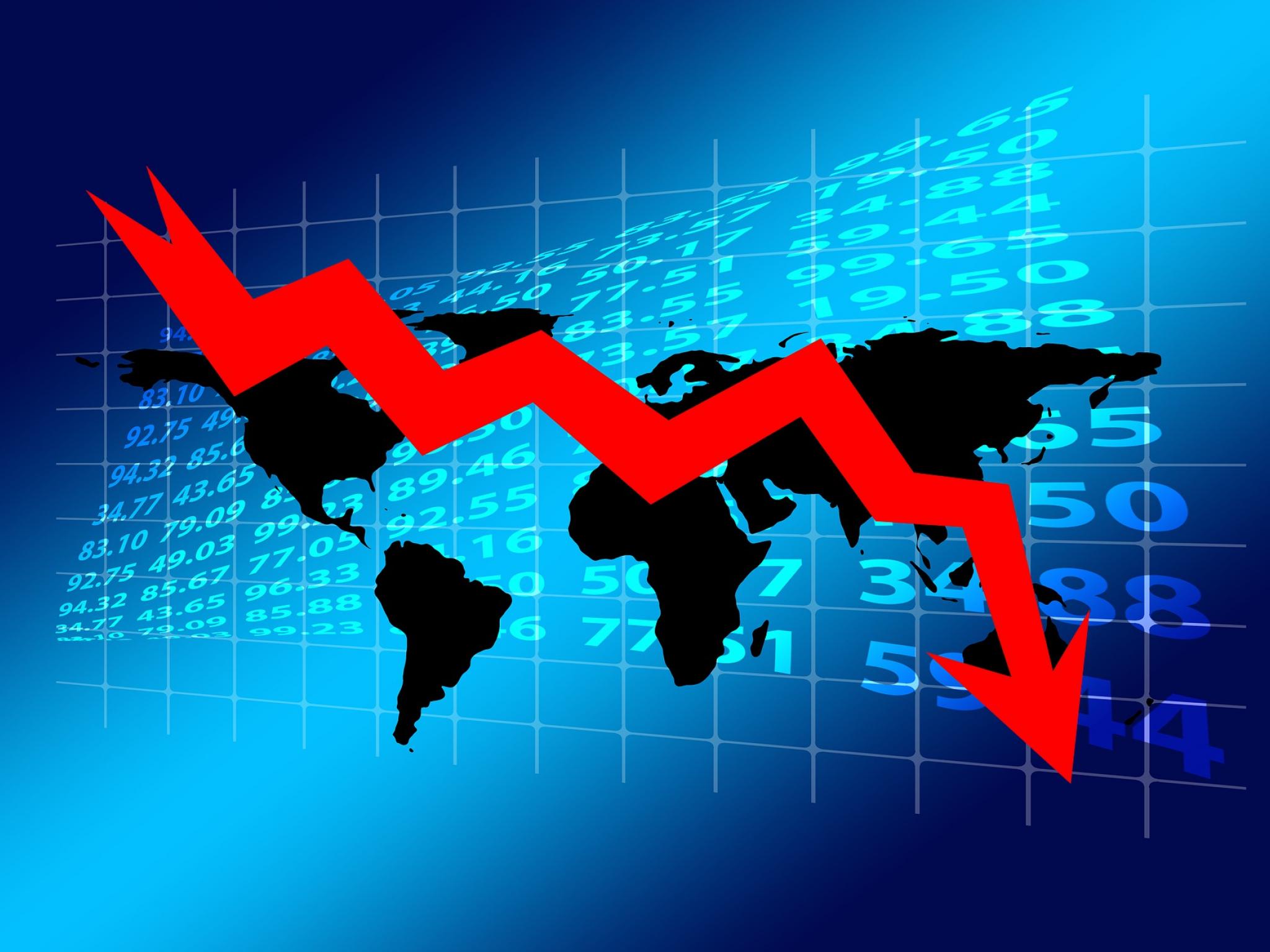
Europe’s banking regulator fears that highly indebted borrowers could start struggling to pay off their debt as the economy slow down, higher costs, and interest rates increase.
Leveraged financing has skyrocketed in Europe and elsewhere over the past years as central banks unleashed cheap money to propel economic growth.
Although issuance has slowed down this year because of the war in Ukraine, the European Central Bank (EBC) estimates over $4 trillion in such loans outstanding globally, notes Wall Street Journal.
The ECB says leveraged-loan exposures at 28 banks it supervises, including some U.S. banks, rose 80% between 2018 and last year to €500 billion, the equivalent of $530 billion.
That accounts for 60% of their combined key capital-buffer ratio, which could evaporate if defaults become widespread. Leveraged loans typically have borrowing costs that float, making refinancing more costly.
Last year, Deutsche Bank AG (NYSE:DB) said it took an additional capital charge on leveraged lending under instructions from the ECB.
The bank said leveraged-loan revenue dragged down its investment banking business in its quarterly results.
After Russia invaded Ukraine in late February, the leveraged-loan market came to a halt, S&P said. It is picking up again. Privately, banks have balked at the ECB’s assessment, saying it is overestimating the problem. For instance, it includes undrawn credit lines in its exposure figure.
According to WSJ, Fitch Ratings, which tracks leveraged loans to rated companies, said that borrowers had shown resilience so far. It expects default rates to rise to 2.5% in 2022 from 0.5% over the past 12 months to March.
Photo by Gerd Altman Pixabay







